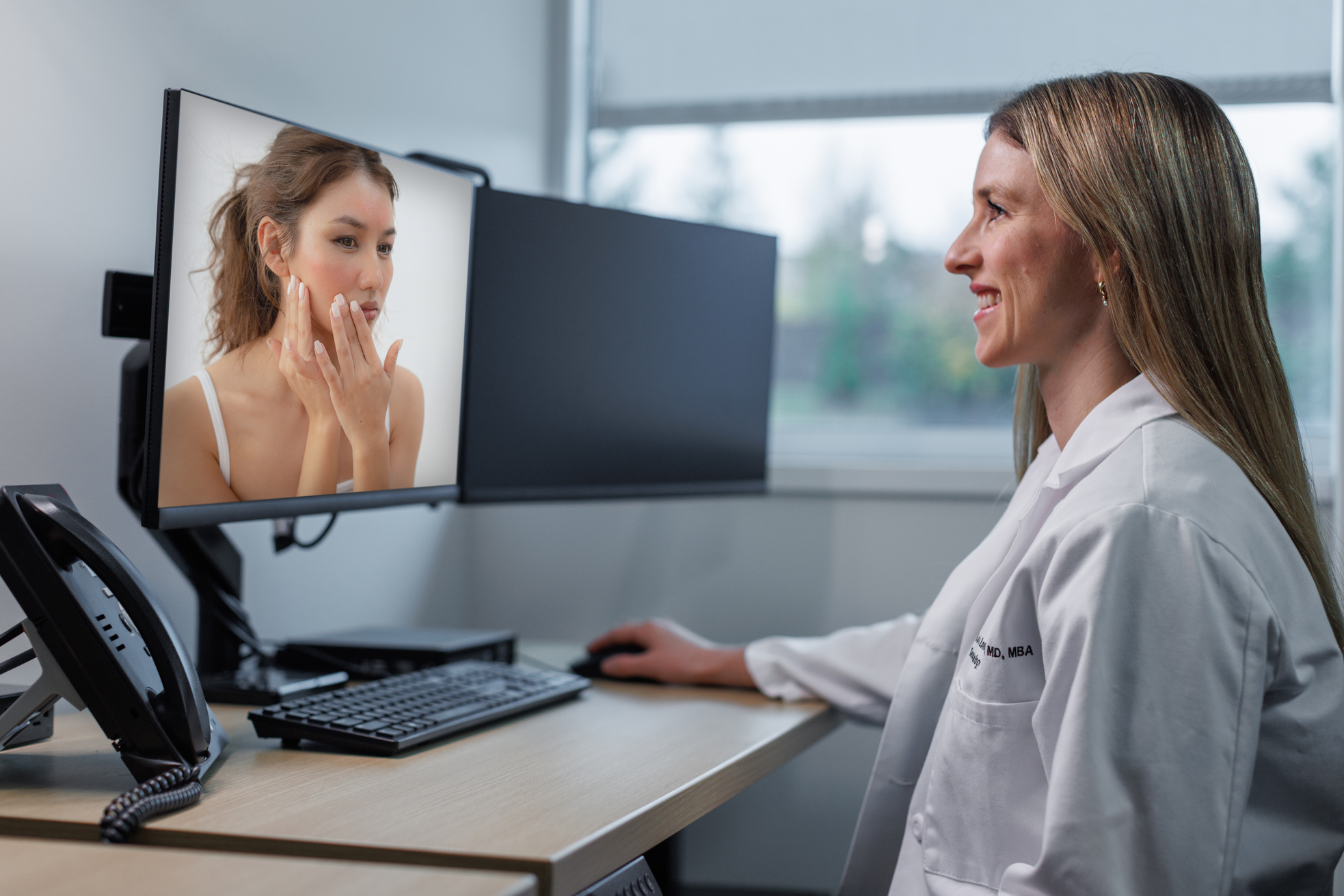Teledermatology

Our faculty members provide teledermatology services through UNMC's primary clinical partner, Nebraska Medicine.
Working with a robust teledermatology platform, trainees can work with faculty members providing services across the state and region. Leading our teledermatology education and Nebraska Medicine's teledermatology and teledermatopathology services are Jennifer Adams, MD, Sarah Lonowski, MD and Corey Georgesen, MD.
Learn more about teledermatology at Nebraska Medicine.
Our Teledermatology Platforms
Video Telehealth Visits
Video Telehealth Visits allow a real-time, synchroneous video visit using a cell phone, computer or tablet.
eVisits
eVisits are asynchronous or store-and-forward electronic communications between patients and dermatologists using Nebraska Medicine's OneChart app to store photos and ask questions.
eConsults
eConsults provide interprofessional electronic/health record remote evaluation. Dermatology eConsult connects primary care physicians and other providers with Nebraska Medicine dermatology physicians for consultation and treatment.
Telephone Visits
Telephone visits are evaluation and management services for established patients.